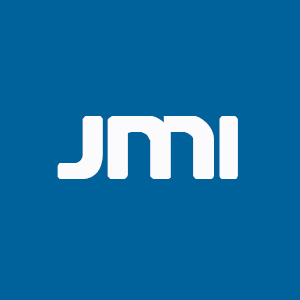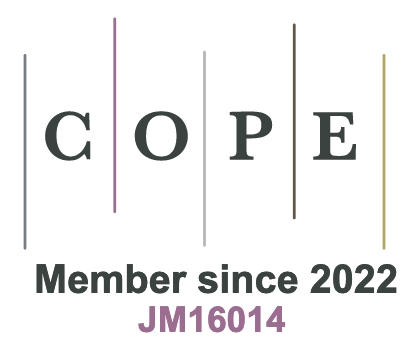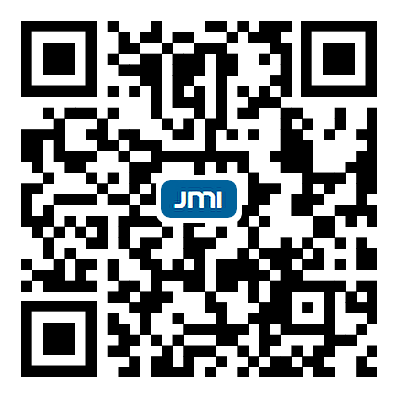Interview with JMI’s Junior Editorial Board Member—Professor Taylor Sparks
Recently, we had an inspiring conversation with Prof. Taylor Sparks, one of our Junior editorial board members, who shared his fascinating research journey and unique perspectives on AI for Materials. Discover how Prof. Sparks envisions the role of artificial intelligence in revolutionizing materials discovery and design—no researcher will want to miss.
Interviewee Introduction

Dr. Taylor Sparks is a Professor of Materials Science and Engineering at the University of Utah (UofU). He holds a BS in MSE from the UofU, an MS in Materials from UCSB, and a PhD in Applied Physics from Harvard University. He has been a Royal Society Wolfson Visiting Fellow at the University of Liverpool, a recipient of the NSF CAREER Award, and a featured speaker at TEDxSaltLakeCity. Dr. Sparks is active in the TMS, MRS, and ACERS societies. He currently serves as Editor-in-Chief of Integrating Materials and Manufacturing Innovation and as Director of Graduate Affairs for the John and Marcia Price College of Engineering. When he’s not in the lab, you’ll find him hosting his podcast Materialism, creating educational content for his YouTube channel, or canyoneering with his four kids in southern Utah.
Click to watch the video and get an inside look at Prof. Sparks’ journey!
Interview Questions:
00:14 Question 1: Could you give our audience a brief introduction to yourself and your research team, and tell us a bit about what projects you are currently focusing on?
01:52 Question 2: How did you first get into the field of materials informatics? Was there a particular moment or experience that shifted your focus from traditional materials research to more data-driven approaches?
05:54 Question 3: AI and machine learning are changing the way materials scientists work. Can you share your perspective on how research approaches might evolve in the near future, compared to traditional methods?
11:32 Question 4: You’ve recently been exploring large language models (LLMs) in your research and teaching. How do they differ from the machine learning tools researchers have used in the past?
15:09 Question 5: Of course, nothing’s perfect. What do you see as the biggest challenges when it comes to applying AI, ML, or even LLMs in materials research?
17:25 Question 6: For young researchers just starting their careers in materials science, how would you recommend they choose their research direction? Should they focus on emerging technologies like LLMs and AI-driven methods, or concentrate more on fundamental, long-standing problems in the field?
21:00 Question 7: You’re also very active in science communication—your YouTube channel has reached over 40,000 subscribers and 5.5 million views. What drives you to engage in knowledge sharing and science communication online?
27:04 Additional Comments: A Timely Home for a New Field: Why Journal of Materials Informatics (JMI) Matters
28:22 Behind the Scenes: A Glimpse of Utah State University and Salt Lake City
Editor: Tengyu Tian
Language Editor: Emma Chen
Production Editor: Ting Xu
Respectfully Submitted by the Editorial Office of Journal of Materials Informatics








